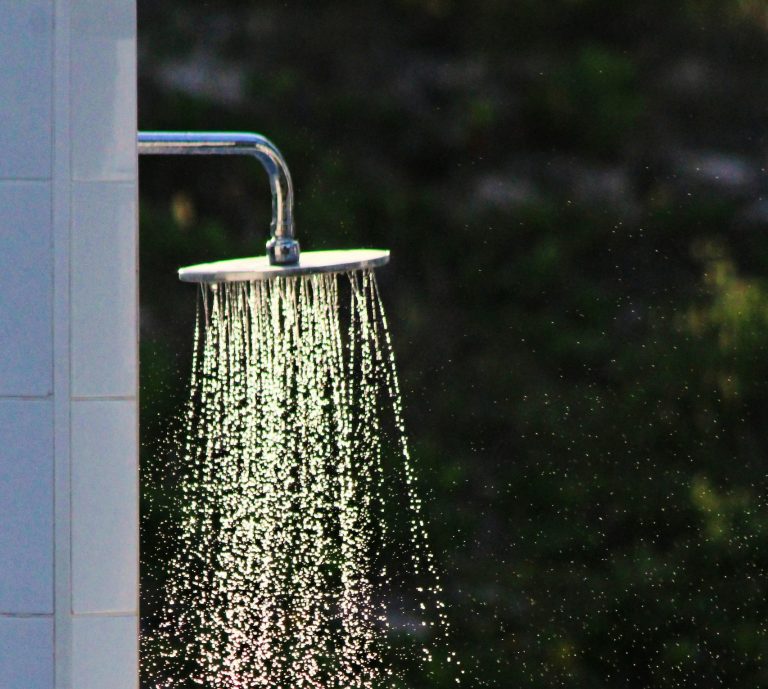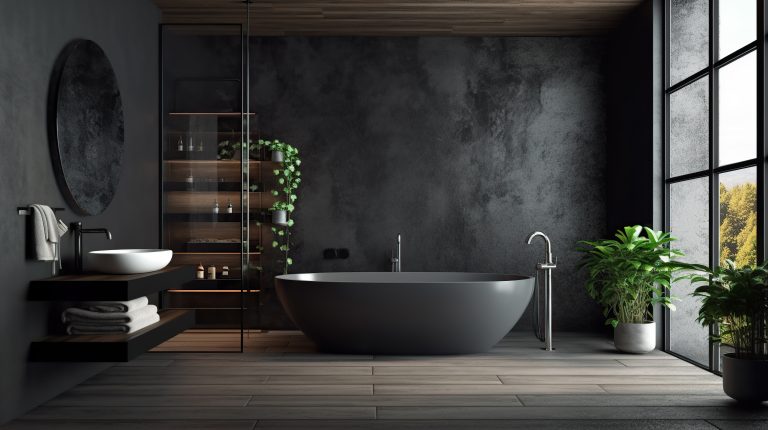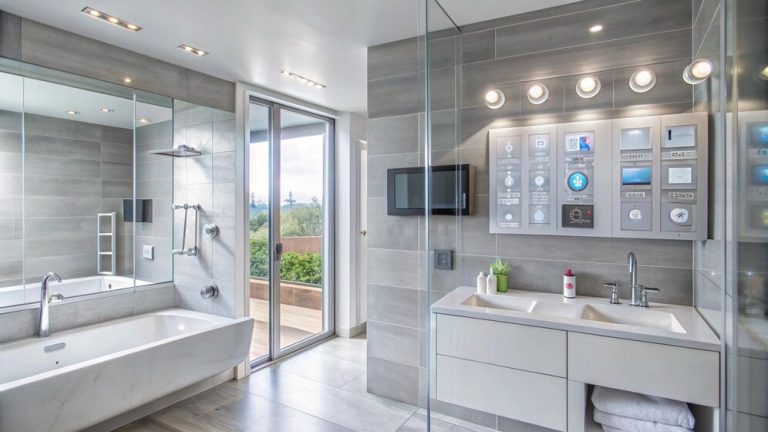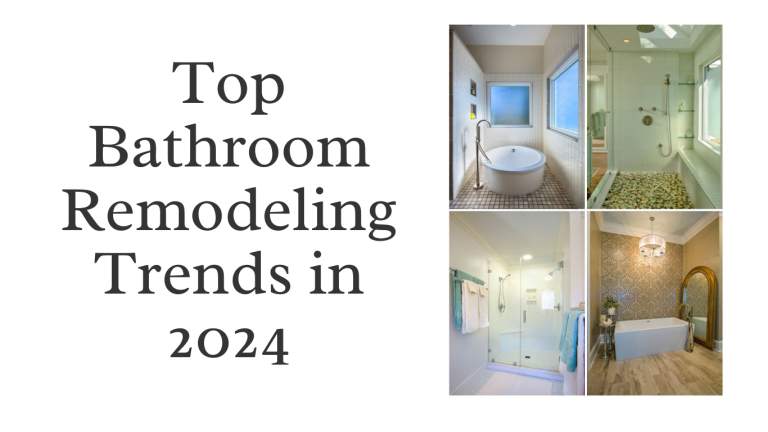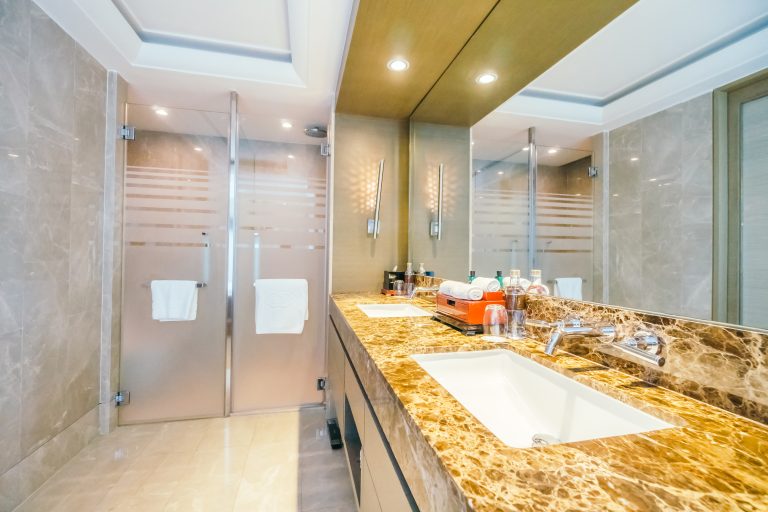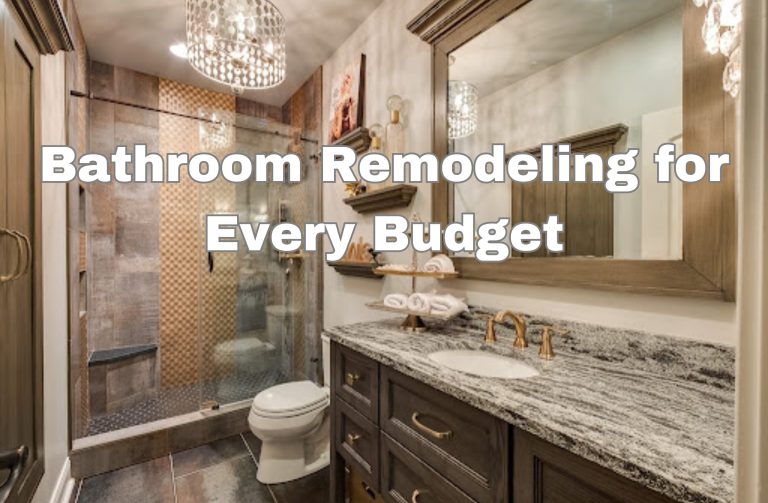Starting a bathroom renovation project is a fantastic opportunity to modernize a space that not only serves daily functional needs but also offers a sanctuary for relaxation. This guide walks you through all essential stages to create a bathroom that balances comfort, style, and practicality.
Why Renovate Your Bathroom?
Renovating a bathroom often stems from three main motivations: improving comfort, enhancing aesthetics, and achieving energy efficiency. Modernizing an outdated bathroom with newer fixtures, better insulation, and eco-friendly materials can significantly improve daily comfort, reduce energy costs, and even boost property value.
Here’s a closer look at these motivations:
1. Enhanced Comfort & Aesthetics: An aging bathroom can feel outdated and uncomfortable. Upgrading fixtures, tiles, and lighting can transform it into a space that reflects your taste.
2. Energy Efficiency: Older fixtures and poor insulation can lead to energy and water wastage. Installing efficient faucets, insulating the room properly, and updating ventilation can cut costs and reduce environmental impact.
3. Updated Equipment: Adding modern conveniences like walk-in showers, tubs, double sinks, or ergonomic storage improves daily routines and can add a luxurious feel to your bathroom.
Step 1: Preparation for Bathroom Renovation
Starting with careful planning can save time, effort, and expenses. Here’s how to approach preparation:
• Define Your Budget: Renovation costs vary significantly based on scope and materials. For a partial renovation, budget around €1,500 per square meter. For a complete overhaul, plan for €2,500–€4,000 per square meter, especially if replacing plumbing or electrical systems.
• Consult Professionals: For complex renovations, consulting professionals is beneficial. They can provide insights on the latest materials, fixtures, and layouts that align with your vision and budget.
• Set a Timeline: Anticipate approximately 3–5 days for a partial renovation and 10–15 days for a full transformation. Having a timeline helps organize daily life around the remodeling schedule.
Step 2: Ensuring Safety and Compliance
Bathrooms are high-moisture environments that demand careful planning to avoid hazards. Here are some critical safety steps:
• Waterproofing and Ventilation: Installing waterproofing membranes and proper ventilation reduces moisture-related issues like mold, ensuring a healthier environment.
• Check Electrical & Plumbing Systems: Make sure all electrical installations are moisture-resistant and up to code. Similarly, inspect plumbing for potential leaks or issues that could impact the renovation.
• Use Non-Slip Surfaces: Choose slip-resistant tiles or add rugs with non-slip backing to enhance safety in wet areas.
Step 3: Planning Layout & Arrangement
When planning your layout, consider the space’s functionality and aesthetics:
• Optimize Space with Smart Fixtures: For smaller bathrooms, consider wall-mounted vanities, compact sinks, and walk-in showers to maximize space. Floating storage solutions free up floor space, making the room feel more open.
• Select Durable Materials: High-moisture areas require materials like porcelain or ceramic tiles, moisture-resistant paint, and stainless-steel fixtures to ensure longevity and easy maintenance.
• Plan for Storage: Prioritize storage for toiletries, towels, and other essentials. Built-in shelves, vertical cabinets, or mirror cabinets are great solutions that help keep the space organized.
Step 4: Style and Decoration Ideas
The design phase is where personal style meets practicality. Here are a few trending themes to consider:
Modern Minimalism
For a sleek, contemporary look, opt for clean lines, neutral colors, and functional decor. Large tiles, frameless mirrors, and LED lighting can make even small bathrooms feel expansive. Minimalist fixtures, like wall-mounted vanities or freestanding tubs, create an open and airy vibe.
Retro Charm
For a vintage appeal, incorporate natural materials like stone or wood. Add brass or copper fixtures, classic tile patterns, and retro lighting for a nostalgic touch. Small details, such as a clawfoot tub or vintage-inspired handles, add elegance and character to the space.
Classic and Timeless
For a timeless aesthetic, use neutral colors, elegant fixtures, and balanced decor. A classic bathroom combines practicality with sophistication, often featuring symmetrical layouts, traditional vanities, and polished chrome or nickel finishes.
Final Tips for a Successful Bathroom Renovation
A bathroom renovation is a big project but yields great rewards when done right. To wrap up:
- Prioritize Functionality: Always ensure that the space serves your daily needs efficiently. Think about storage, flow, and ease of cleaning.
- Invest in Quality: Durable materials and well-made fixtures reduce maintenance costs and increase the lifespan of your bathroom.
- Add a Personal Touch: Personalize your bathroom with decor items like artwork, decorative mirrors, or small plants. These details make the space feel uniquely yours.
Need More Information On A Bathroom Remodeling?
Contact us today for a free consultation and see how we can bring your vision to life!
